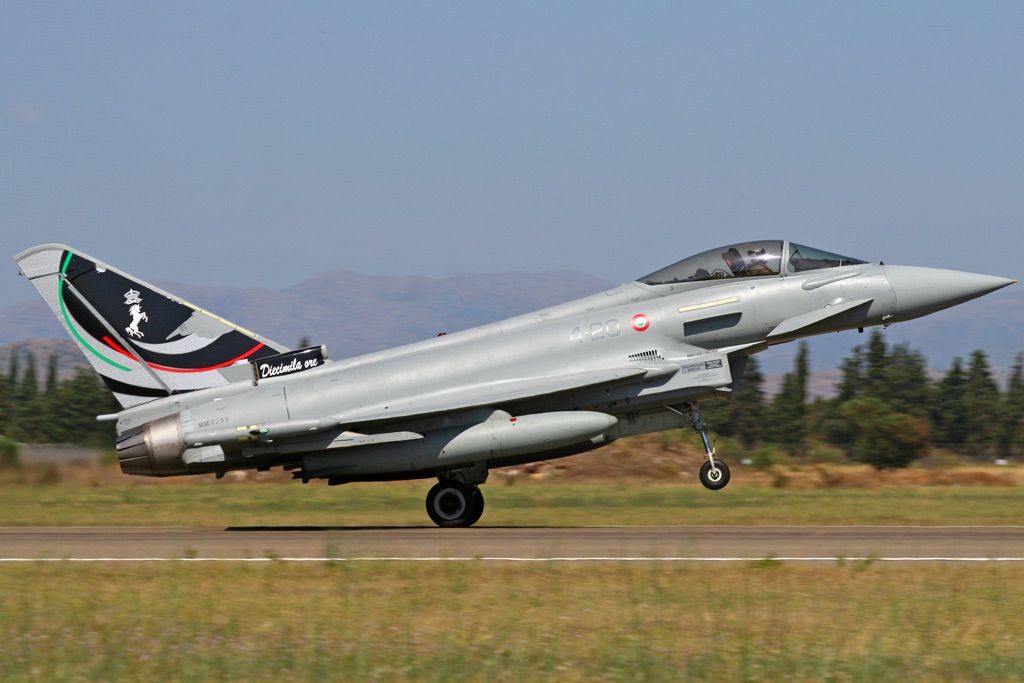On the occasion of Pope Francis’ funeral, scheduled for Saturday, April 26, 2025, Rome has implemented an extensive airspace security operation to protect the many attendees, including over 130 official delegations and hundreds of thousands of pilgrims expected in the capital.

Temporary No-Fly Zone
From 2:00 PM on April 25 until 10:00 PM on April 26, a temporary no-fly zone has been established over Rome and Vatican City. This restriction, imposed by ENAC in coordination with the Italian Air Force, prohibits unauthorized flights—including drones and civilian aircraft—to prevent potential aerial threats.

Multi-Layered Air Defense
The security plan features a three-layered aerial defense system:
- Air Force Interceptors: Eurofighter jets are on high alert at the Grosseto airbase, ready to intercept any unauthorized aircraft entering the restricted area.
- Naval Radar Support: A military destroyer equipped with advanced radar systems is stationed off the Lazio coast, providing continuous surveillance and interception capabilities for airborne threats.
- Anti-Drone Systems: At least five radio-controlled anti-drone devices are deployed around St. Peter’s Square. These electronic “bazookas” can detect, jam, and safely force unauthorized drones to land.

Advanced Surveillance Technology
Aerial surveillance is reinforced with thermal drones and high-resolution cameras transmitting real-time images to operational control centers. Police and Carabinieri helicopters are continuously patrolling the skies, while advanced radar systems monitor low-altitude airspace to detect any intrusion.
Airport Coordination
To manage the influx of foreign delegations and pilgrims, Pratica di Mare military airport is being used to support Rome’s main airports, Fiumicino and Ciampino. This measure aims to streamline arrivals and departures while maintaining a secure aerial environment throughout the event.
The airspace security operation for Pope Francis’ funeral stands as one of the most complex ever conducted in Rome, combining cutting-edge technology and unprecedented interagency coordination.












Leave a comment